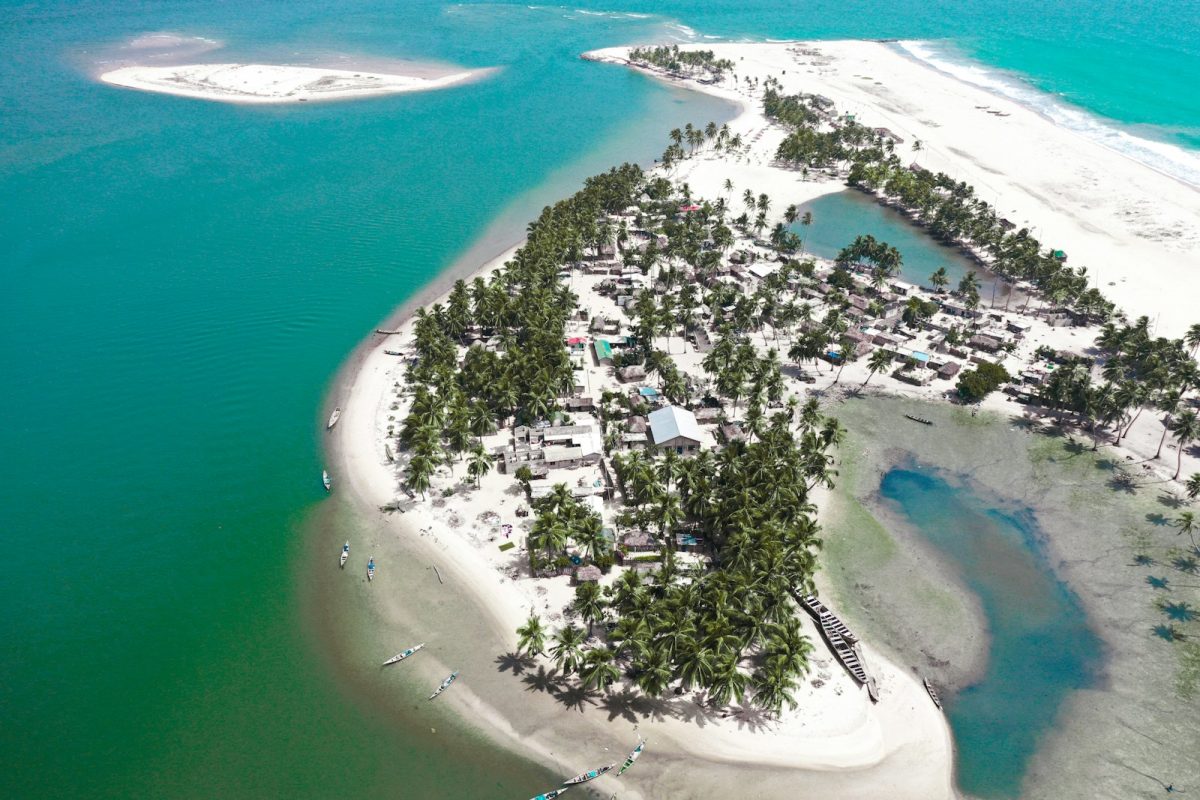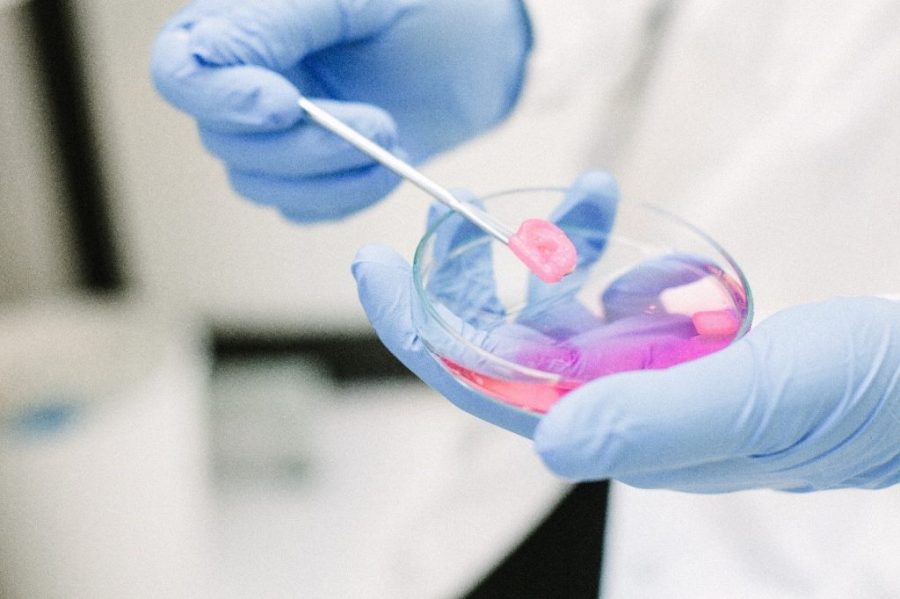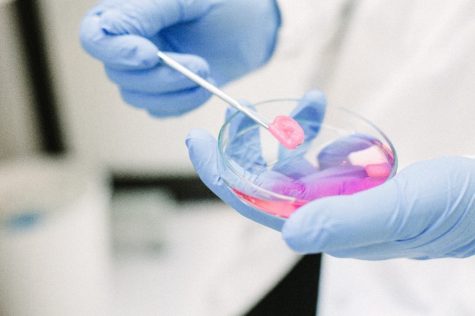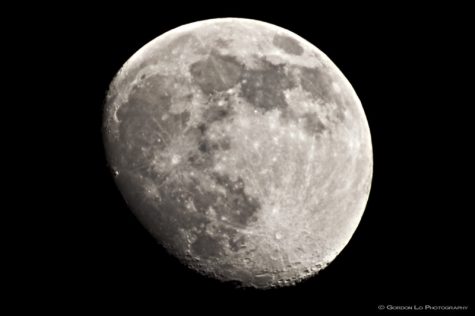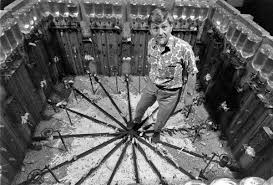Mass Extinction
A mass extinction event is triggered when a species dies much more rapidly than it is being reproduced. This is because of extreme variations in temperature, rising sea levels, or massive volcano’s erupting. These events have all in the past led to mass extinction. We can avoid mass extinction in the future by being aware of the dangers, spreading awareness, recycling, using eco-friendly products, and conserving natural resources.
The evolution of tree roots has flooded past oceans with multiple nutrients, causing algae growth. These fast and disastrous algae blossoms would have drained nearly all of the ocean’s oxygen, provoking mass extinction events. There were plenty of disastrous extinction events that may have destroyed 70% of all life on Earth.
This process is known as eutrophication; it’s also a supply power regarding dead zones with excess nutrients from fertilizers and other agricultural runoffs. Deep roots could have disturbed layers of sediment letting out minerals in rocks. Roots can also contribute nitrogen-fixing bacteria; they’re a power supply to plants giving them nutrients they can’t supply easily. This changes regular nitrogen from the air into compounds that are soaked up in the water supply. These minerals and compounds can later be washed up in lakes. Then later end up in the ocean, giving them a huge disadvantage because it causes huge algae growth. Algae growth is very dangerous to the living creatures in our oceans because it prevents sunlight from coming to the bottom of the ocean, giving a higher percentage of both plants and animals dying.
Ways to Prevent Mass Extinction
As our Earth’s population grows, the dangers have spread rapidly. This could lead us to the possibility of our Earth having its sixth mass extinction.
We are letting species die substantially more than the average quantity of species that have died in past extinctions; with the decrease of creatures, it brings us to a high chance of habitat loss or restoration. We can work on preventing future mass extinctions by conserving, restoring resources, and protecting greenhouse gasses to moderate climate change. If we can avoid all the mistakes we’ve made in past mass extinctions, we might be able to stop future extinctions. Mass extinctions are caused by human activities, which is why we’re taking notes from past mistakes. However, something to take into consideration: The destruction of habitats is one of the biggest challenges we need to face or fix. To develop a small change, we could plant and have water resources outside our homes to provide for animals. We should provide shelter to young wildlife animals in order for them to have a higher survival rate. We’re using unworkable land, unnecessary water, and large amounts of energy that we must stop excessively using.
After all, it’ time to take action and start making small changes in our environment to prevent future extinctions from happening.
Related Articles: Surviving an Extinction Event Like the "Crater of Doom" https://www.sciencedaily.com/releases/2022/11/221109124317.htm https://evolution.berkeley.edu/mass-extinction https://www.nationalgeographic.com/science/article/mass-extinction Take Action: https://www.un.org/en/actnow https://donate.earthday.org/ https://www.biologicaldiversity.org


